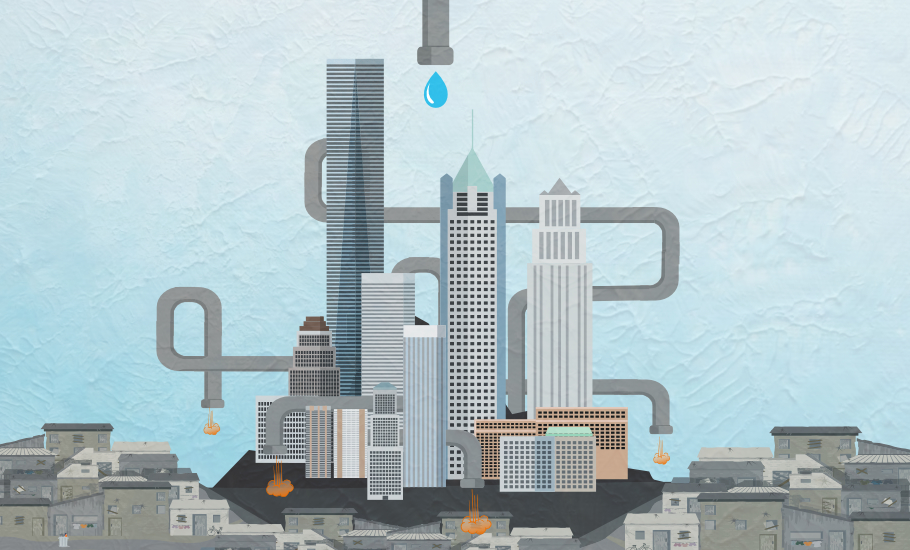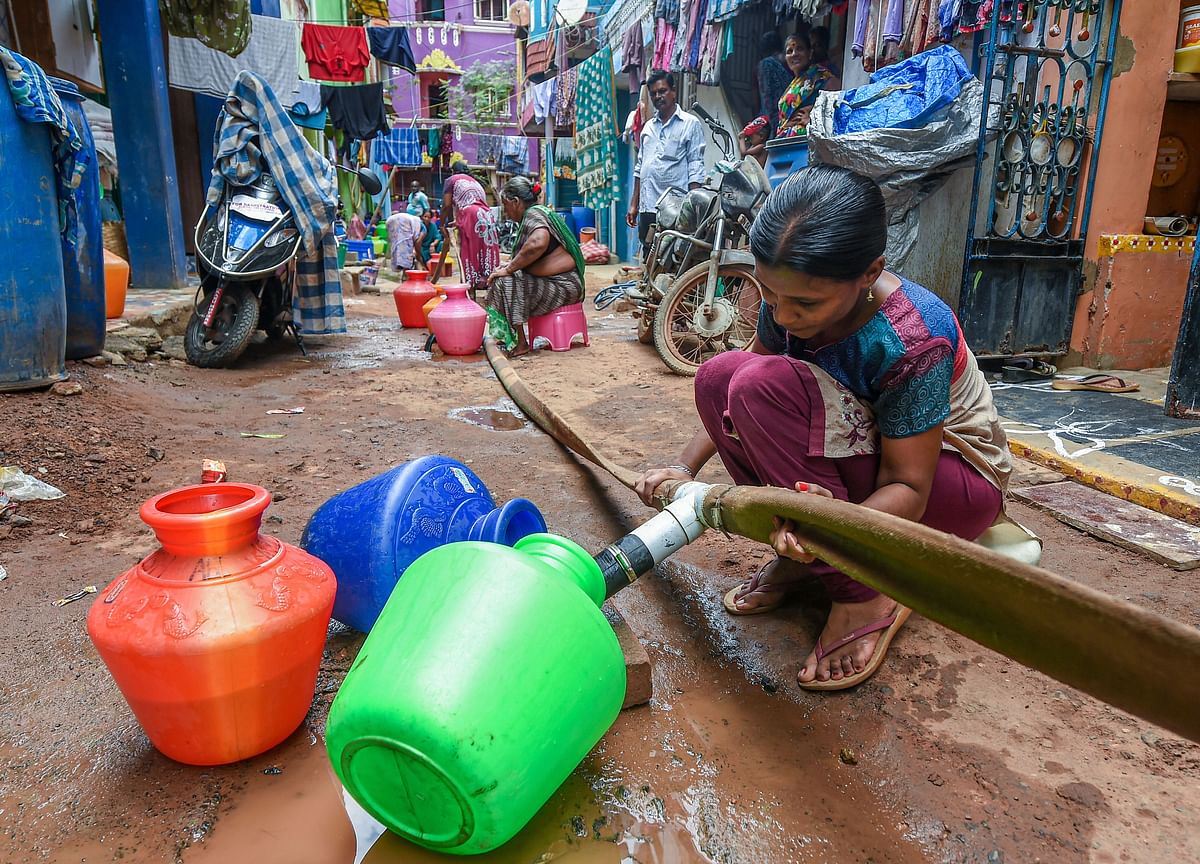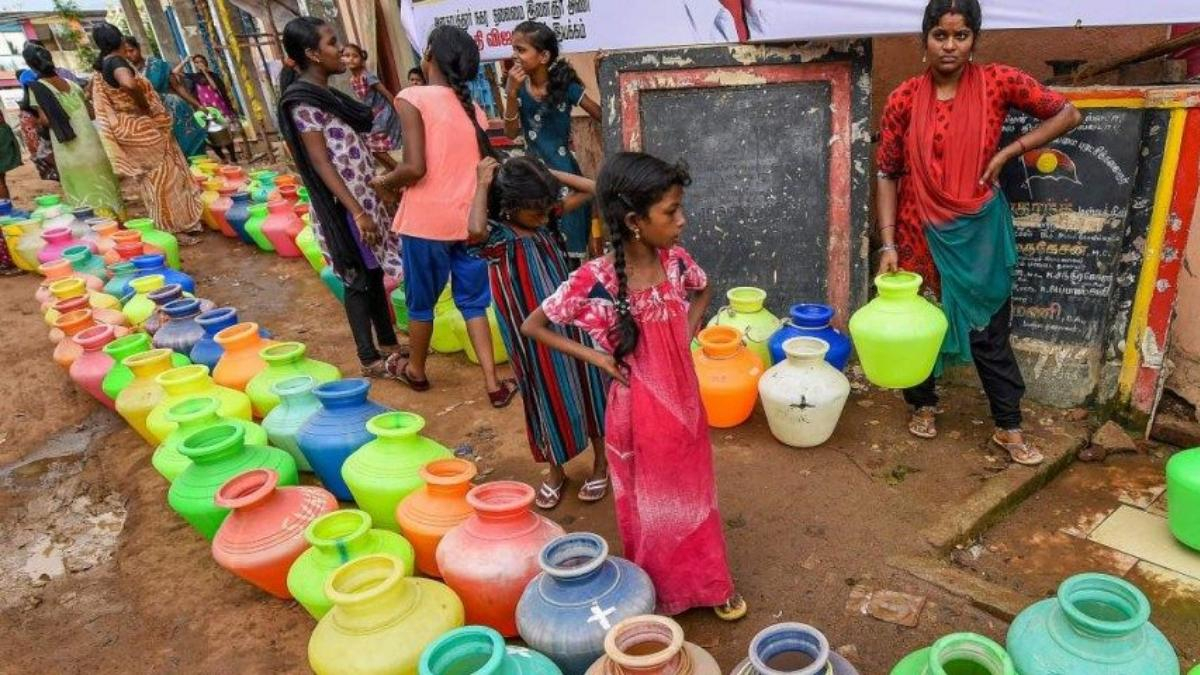
- Home
- India
- World
- Premium
- THE FEDERAL SPECIAL
- Analysis
- States
- Perspective
- Videos
- Sports
- Education
- Entertainment
- Elections
- Features
- Health
- Business
- Series
- In memoriam: Sheikh Mujibur Rahman
- Bishnoi's Men
- NEET TANGLE
- Economy Series
- Earth Day
- Kashmir’s Frozen Turbulence
- India@75
- The legend of Ramjanmabhoomi
- Liberalisation@30
- How to tame a dragon
- Celebrating biodiversity
- Farm Matters
- 50 days of solitude
- Bringing Migrants Home
- Budget 2020
- Jharkhand Votes
- The Federal Investigates
- The Federal Impact
- Vanishing Sand
- Gandhi @ 150
- Andhra Today
- Field report
- Operation Gulmarg
- Pandemic @1 Mn in India
- The Federal Year-End
- The Zero Year
- Science
- Brand studio
- Newsletter
- Elections 2024
- Events
- Home
- IndiaIndia
- World
- Analysis
- StatesStates
- PerspectivePerspective
- VideosVideos
- Sports
- Education
- Entertainment
- ElectionsElections
- Features
- Health
- BusinessBusiness
- Premium
- Loading...
Premium - Events

Dry taps water down COVID-19 battle in Chennai slums
It is portrayed as if there is no water scarcity in the city. Maybe the government will initiate some measures only if the rich get affected and are left without water.

A lot has changed for K Vijaya in the past 35 years she has been living in Chennai’s Annai Sathya Nagar. From huts, people moved to housing unit flats. New roads have been laid at least 10 times. And electricity facilities made available to all the residents. But one thing, she says, still remains unchanged — water scarcity. “When I was young, I used to walk several kilometres with...
A lot has changed for K Vijaya in the past 35 years she has been living in Chennai’s Annai Sathya Nagar. From huts, people moved to housing unit flats. New roads have been laid at least 10 times. And electricity facilities made available to all the residents.
But one thing, she says, still remains unchanged — water scarcity. “When I was young, I used to walk several kilometres with my parents to fetch water from a pipeline. Now, my grandchildren walk with me to fetch water from tanker lorries that come to nearby streets on alternate days,” she says.
With COVID-19 spreading rapidly, people in urban slums like Annai Sathya Nagar in Annanagar East face a tough choice — they can either stay home and maintain social distancing or stand in long queues to fetch water from tanker lorries. Hit hard by water scarcity, the shoving and pushing game in front of tankers has become a part of their lifestyle in recent years.
Although Chennai faced its worst water crisis in 2019, civic officials claim the city is comfortably placed this summer because of the complete lockdown in the wake of COVID-19, which, in turn, has reduced industrial usage of water.
But for slum dwellers washing hands frequently to keep coronavirus at bay is still a luxury.
“How are we supposed to wash hands frequently when water is so scarce here?” asks S Vidhya.
In any case, Vidhya insists, water consumption has increased in all households because of frequent hand washing and bathing in the fear of contracting the virus, besides the summer heat.
She says the area has direct pipelines to houses and all residents pay tax to the local body. “But still we do not get water from these pipelines. Instead, we have to go and fetch water from hand pumps installed by the Chennai Corporation.”
According to Vidhya, when these hand pumps go dry, their last resort is to buy water from tanker lorries, for which they have to pay ₹1 for a bucket of 10-15 litres. The fact that the corporation lorries stand at a common place far from her house, she ends up walking more lugging buckets of water. Vidhya says she spends around ₹25-30 every alternate day — or around ₹500 a month — on buying water, not to forget the fixed charges they pay for pipelines anyway.

Supply not enough
The residents feel that water from one tanker is hardly enough for residents of two streets.
“They send one tanker for two streets and only people who are smart enough and can fight, get water from them. Otherwise it’s next to impossible. Those who are unable to do so have to walk another kilometre to the metro water station,” says M Vani.
But Gayathiri, another resident, is somewhat relieved that the coronavirus has reduced her run-ins with neighbours over fetching water.
“Now everybody waits for their turn. Thanks to the fear of catching the virus and social distancing rules, it is a little peaceful now,” she says.
She also feels that her neighbours now seem more empathetic. “The virus has proved that a lot of our preconceived notions about our neighbours were wrong. They never reached out to us earlier nor did we make any efforts. But during this pandemic, they took care of our children every time we went in search of water.”
Gayathiri was particularly grateful to one neighbour for giving her two buckets of water once during the lockdown when she ran out of water.
Due to the lockdown, many residents feel that the usage of water has increased manifold as all the members of the family are at home all the time.
“Earlier, since we would go to work and the children to school, we required only a drum full of water for drinking and other domestic purposes. But now, we need at least two drums since we all have to take bath at least twice a day because of the heat,” Vani adds.
Gayathiri’s husband Prabhu too feels the same. “Earlier, if she got water once, it would be sufficient for the whole day. But now, despite filling all the vessels in the house, they go empty soon, and I have to go and fetch water from nearby streets wherever the tap water is available,” he says.
People in these settlements are also angry with officials who keep telling them that there is some fault with the pipeline due to which there is no water supply in summers. If that was the case, they argue, how come there is abundant flow during monsoons?
“Even if they supply water for one hour a day, it would be sufficient for all of us and we need not walk kilometres,” says S Ranganathan, another resident.
Same story everywhere
Annai Sathya Nagar, one of the highly populated slum settlements in Chennai, is not the only one battling water woes. People residing in houses built by the Tamil Nadu Slum Clearance Board in Kotturpuram, too, had similar stories to share.
In the Kotturpuram housing units, each of which are 300 square feet, water drums and buckets take up much of the space.
“Although we are supposed to get water once in two days, on most days, there is no fixed timing for supply. Sometimes, they completely forget to switch on the water supply and we are left with nothing to drink or cook,” says M Mani, a resident.
Stressing the importance of water, he says it is like a job opportunity. “If we don’t take up a job at the first instance, somebody else will grab the same job.”
Many residents, especially women, here had to give up their jobs as house helps or Chennai Corporation workers due to the water crisis.
“Since there is no fixed timing for water supply, we have to be at home,” says S Kalaiselvi, a corporation worker, whose husband is a painter. They would often reach late for work or had to skip a day’s work.

Round-the-year affair
Vanessa Peter, a policy researcher at IRCDUC who works closely with the residents of slum settlements in Chennai, says these people face water crisis almost all through the year and not just during summer.
“Maybe this year, because of COVID-19, the issue has not come to the fore. Just because people haven’t taken to the streets, it does not mean that there is no issue. In the middle of the pandemic, people are scared to talk about the water issue,” she feels.
According to her, almost all such settlements in Chennai face water scarcity issues. “This is because of the poor housing programme. Although the severity may vary from place to place, there is always a shortage,” she adds.
A ‘bountiful’ year
Officials of Chennai Metropolitan Water Supply and Sewerage Board (CMWSSB), however, claim the inflow of water into the four lakes—Poondi, Red Hills, Chembarambakkam and Sholavaram that feed water to Chennai—has been good this year.
“With the experience we gained last year, we have stopped supplying freshwater to industries, instead and supply only recycled water. Apart from the two existing desalination plants, another plant is being set up and once it becomes operational, we would have sufficient water for all,” claims an official of the water board.
When asked about the lack of water supply in the slum settlements, he says supply has been affected due to pipeline failures. “Moreover, the groundwater in those localities is not fit for use.”
According to the Chennai Metropolitan Water Supply and Sewerage Board (CMWSSB) data, Chennai’s ground water table has increased by one metre on an average compared to last year. The official attributed this rise to the less usage of water for commercial purposes during the lockdown.
According to sources, the normal demand for commercial purposes is about 50 million litres a day while the total demand is close to 650 million litres daily.
Although the lockdown has hurt slum dwellers financially, with many struggling for a source of livelihood, the residents feel they would be able to see through all their other problems if the water shortage issue is resolved.
“We have complained to a number of authorities and everybody promised to resolve the issue but nothing turned out,” says Ranganathan, adding that this is how officials and politicians treat people in slums.
Kalaiselvi is livid with those living in plush apartments with 24×7 water supply and blames them for her woes. “It is portrayed as if there is no water scarcity in the city. Maybe the government will initiate some measures only if the rich get affected and are left without water.”
